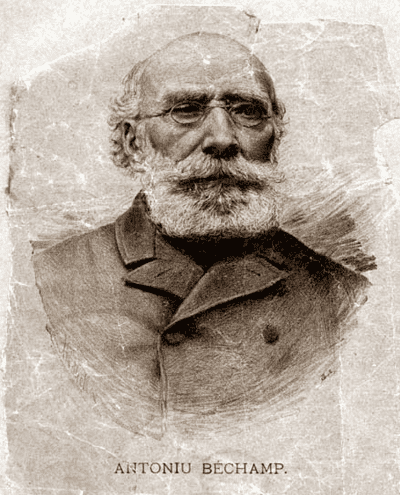
During his lifetime, Antoine Bechamp (1816-1908) was a well-known and widely respected professor, teacher, and researcher. He was an active member of the French Academy of Sciences, and gave many presentations there during his long career. He also published many papers, all of which still exist and are available.
Yet for many decades, he largely disappeared from history – although that has changed in the last 20 years or so.
On the other hand, Louis Pasteur (1822-1895) is one of the rock stars of medicine and biology. Of the two – Bechamp or Pasteur – he’s the one you’ve most likely heard of. His is one of the most recognizable names in modern science. Many discoveries and advances in medicine and microbiology are attributed to him, including vaccination, and the centrepiece of his science – the germ theory of disease.

During their lifetimes, the rivalry between Bechamp and Pasteur was constant, and often bitter. They clashed frequently both in speeches before the Academy, and in papers presented to it. Bechamp repeatedly showed that Pasteur’s ‘findings’ included frequent plagiarizations (and distortions) of Bechamp’s own work.
When Bechamp and others objected to the plagiarization, Pasteur set out to use his political clout to destroy Bechamp’s career and reputation. Pasteur largely succeeded. He was more skilful than Bechamp at playing politics and attending the right functions. He was good at making friends in high circles, and was popular with the royal family.
Pasteur, in other words, was an A-lister. Bechamp was a worker.
The ideas, as well as the characters, of the two men were fundamentally opposed.
Pasteur argued for what we now call the ‘germ theory’ of disease, while Bechamp’s work sought to confirm pleomorphism; the idea that all life is based on the forms that a certain class of organisms take during the various stages of their life-cycles.
This difference is fundamental. Bechamp believed that his work showed the connection between science and religion – the one a search after truth, and the other the effort to live up to individual belief. It is fitting that his book Les Mycrozymas (which has not been translated into English) culminates in the acclamation of God as the Supreme Source. Bechamp’s teachings are in direct opposition to the materialistic views of the modern science of the twentieth century.
“These microorganisms (germs) feed upon the poisonous material which they find in the sick organism and prepare it for excretion. These tiny organisms are derived from still tinier organisms called microzyma. These microzyma are present in the tissues and blood of all living organisms where they remain normally quiescent and harmless. When the welfare of the human body is threatened by the presence of potentially harmful material, a transmutation takes place. The microzyma changes into a bacterium or virus which immediately goes to work to rid the body of this harmful material. When the bacteria or viruses have completed their task of consuming the harmful material they automatically revert to the microzyma stage”
– Antoine Bechamp
Youtube
There are extensive and detailed discussions between Mike Winner and Dr Barre Paul Lando of Alfa Vedic, on Antoine Bechamp, plemorphism, and ‘the terrain’ approach to cell biology and health.
These podcasts/videos are based on the book Pasteur or Bechamp? – A Lost Chapter in the History of Biology, published by A Distant Mirror.
Gallery
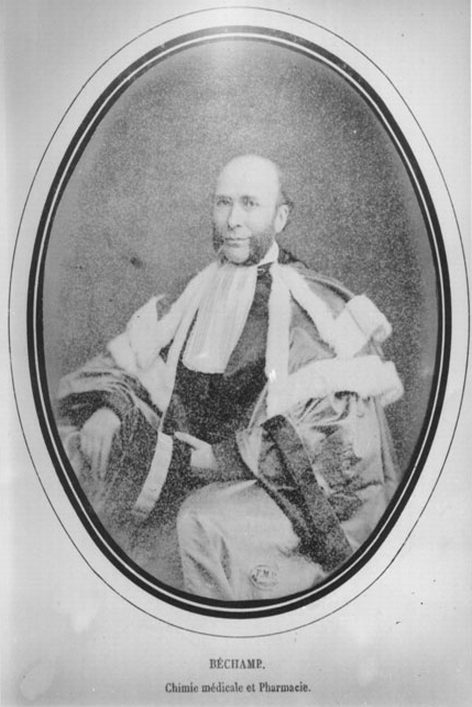
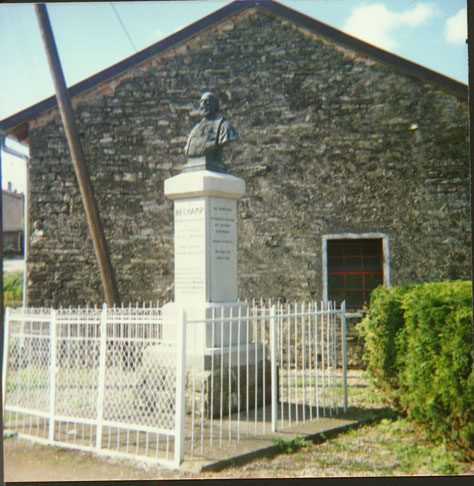
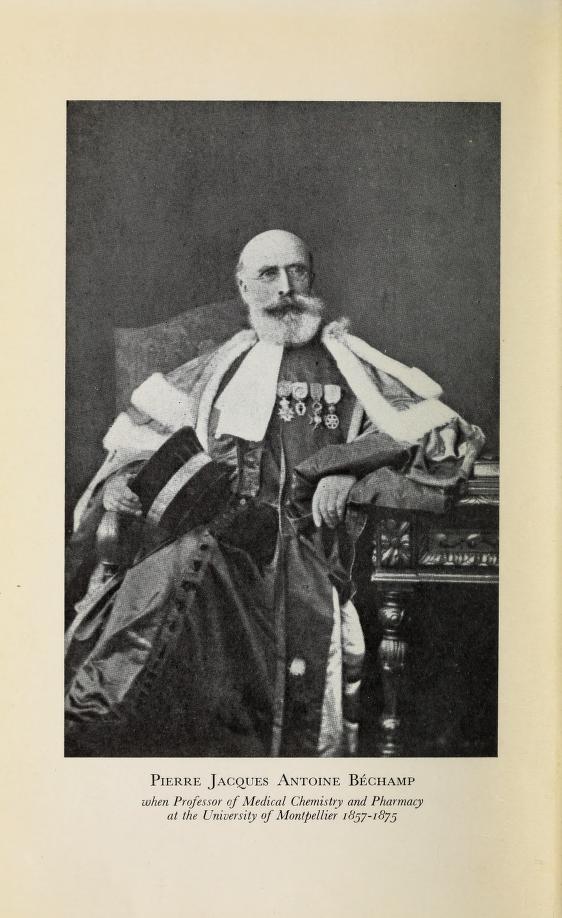
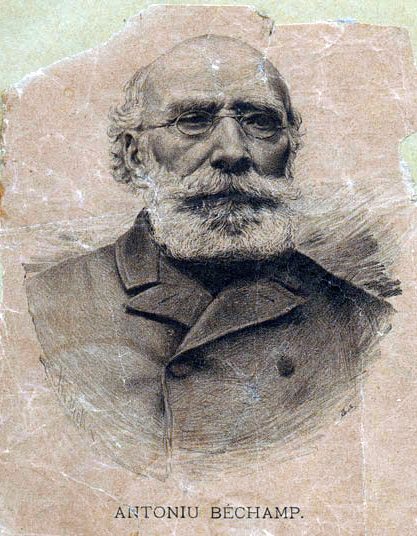
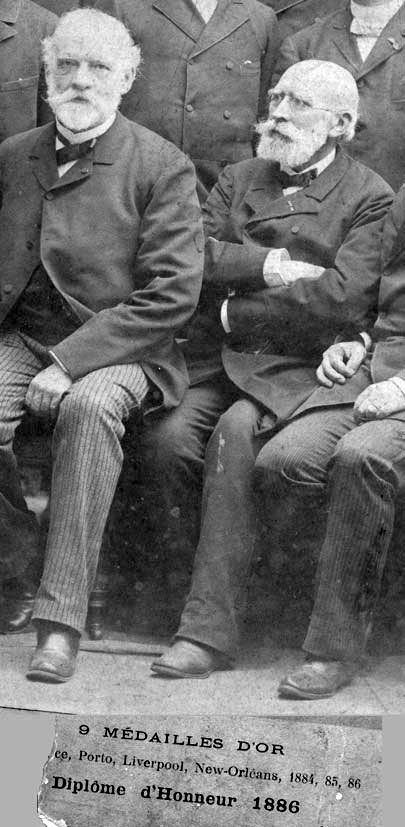
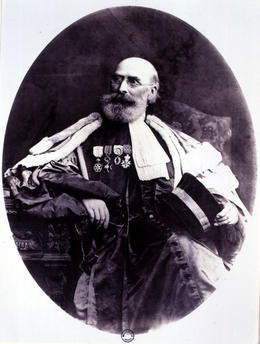
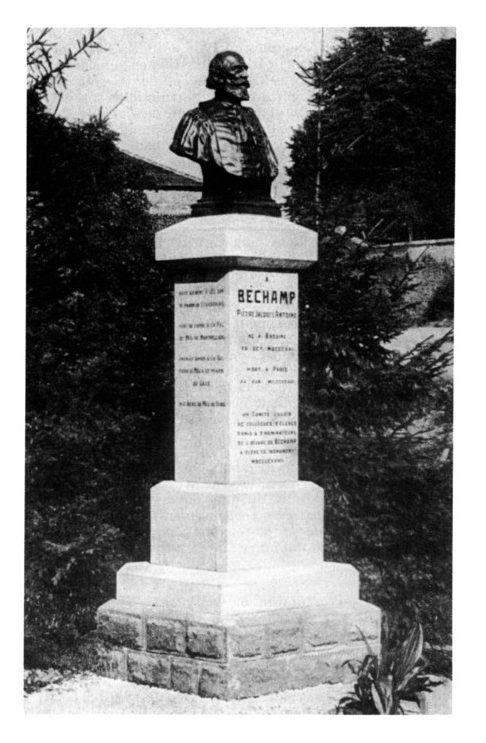

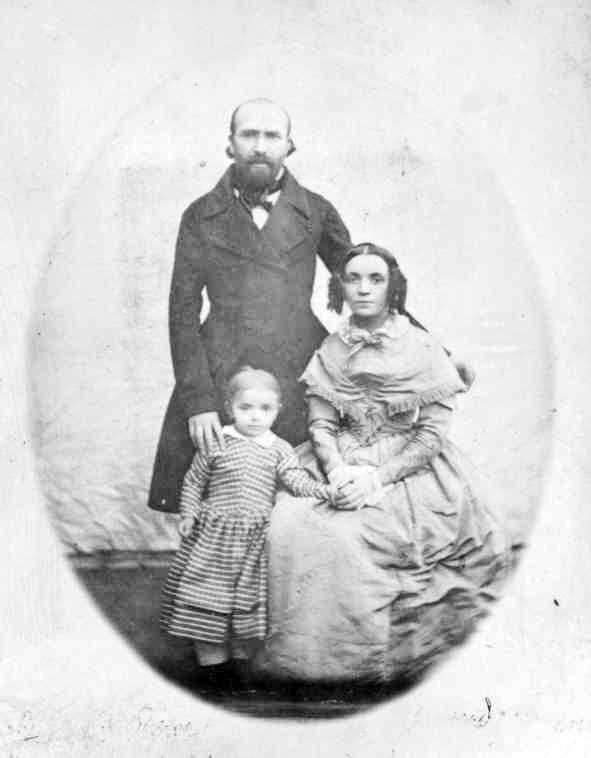
A biography of Antoine Bechamp
The following is the original translator’s preface to The Blood and its Third Element.
On October 16th, 1816, at Bassing, in the department of Bas-Rhein, was born a child by whose name the nineteenth century will come to be known, as are the centuries of Copernicus, Galileo and Newton by their names.
Antoine Béchamp died on the 15th April, 1908, fourteen days after he was first visited by an aged American physician between whom and himself a correspondence had passed for several years on the subject of the researches and wonderful discoveries of Professor Béchamp and his collaborators. The American physician made his visit to Paris for the purpose of becoming personally acquainted with the Professor, who, as his family stated, had looked forward with eager anticipation to such a visit.
The translator had long previously submitted an extensive summary of the professor’s physiological and biological discoveries, by whom it was revised and approved.
This was intended to be introduced as a special chapter in an extensive work on inoculations and their relations to pathology,upon which the translator of this work had been engaged, almost exclusively, for some fourteen years.
But in the lengthy and nearly daily interviews between Professor Béchamp and myself, which, as just shown, closely preceded the former’s death, I suggested that instead of such summary it would be better to place before the English speaking peoples an exact translation into their language of some, at least, of the more important discoveries of Professor Béchamp—especially as, in my opinion, it would not be easy to carry out among them the conspiracy of silence by means of which his discoveries had been buried in favour of distorted plagiarisms of his labours which had been productive of such abortions as the microbian or germ theory of disease, “the greatest scientific silliness of the age,” as it has been correctly styled by Professor Béchamp.
To this suggestion Professor Béchamp gave hearty assent, and told me to proceed exactly as I might think best for the promulgation of the great truths of biology, physiology, and pathology discovered by him, and authorised me to publish freely either summaries or translations into English, as I might deem most advisable.
As a result of this authorisation, the present volume is published, and is intended to introduce to peoples of the English tongue the last of the great discoveries of Professor Béchamp.
The subject of the work is described by its title, but it is well to remind the medical world and to inform the lay public that the problem of the coagulation of the blood, so beautifully solved in this volume, has until now been an enigma and opprobrium to biologists, physiologists and pathologists.
The professor was in his 85th year at the time of the publication of the work here translated. To the best of the translator’s knowledge it has not yet been plagiarised, and is the only one of the Professor’s more important discoveries which has not been so treated; but at the date of its publication the arch plagiarist (Pasteur) was dead,though his evil work still lives.
One of the discoveries of Béchamp was the formation of urea by the oxidation of albuminoid matters. The fact, novel at the time, was hotly disputed, but is now definitely settled in accordance with Béchamp’s view. His memoir described in detail the experimental demonstration of a physiological hypothesis of the origin of the urea of the organism, which had previously been supposed to proceed from the destruction of nitrogenous matters.
By a long series of exact experiments, he demonstrated clearly the specificity of the albuminoid matters and he fractionised into numerous defined species albuminoid matters which had until then been described as constituting a single definite compound.
He introduced new yet simple processes of experimentation of great value, which enabled him to publish a list of definite compounds and to isolate a series of soluble ferments to which he gave the name of zymases. To obscure his discoveries, the name of diastases has often been given to these ferments, but that of zymas must be restored. He also showed the importance of these soluble products (the zymases) which are secreted by living organisms.
He was thus led to the study of fermentations. Contrary to the then generally accepted chemical theory, he demonstrated that the alcoholic fermentation of beer yeast was of the same order as the phenomena which characterise the regular performance of an act of animal life—digestion.
In 1856, he showed that moulds transformed cane sugar into invert sugar (glucose) in the same manner as does the inverting ferment secreted by beer yeast. The development of these moulds is aided by certain salts, impeded by others, but without moulds there is no transformation.
He showed that a sugar solution treated with precipitated calcic carbonate does not undergo inversion when care is taken to prevent the access to it of external germs, whose presence in the air was originally demonstrated by him.If to such a solution the calcareous rock of Mendon or Sens be added instead of pure calcic carbonate, moulds appear and the inversion takes place.
These moulds, under the microscope, are seen to be formed by a collection of molecular granulations which Béchamp named microzymas. Not found in pure calcic carbonate, they are found in geological calcareous strata, and Béchamp established that they were living beings capable of inverting sugar, and some of them to make it ferment. He also showed that these granulations under certain conditions evolved into bacteria.
To enable these discoveries to be appropriated by another, the name microbe was later applied to them, and this term is better known than that of microzyma; but the latter name must be restored, and the word microbe must be erased from the language of science into which it has introduced an overwhelming confusion. It is also an etymological solecism.
Béchamp denied spontaneous generation, while Pasteur continued to believe it. Later he, too, denied spontaneous generation, but he did not understand his own experiments, and they are of no value against the arguments of the sponteparist Pouchet, which could be answered only by the microzymian theory. So, too, Pasteur never understood either the process of digestion nor that of fermentation, both of which processes were explained by Béchamp, and by a curious imbroglio (was it intentional?) both of these discoveries have been ascribed to Pasteur.
That Lister did, as he said, most probably derive his knowledge of antisepsis (which Béchamp had discovered) from Pasteur is rendered probable by the following peculiar facts.
In the earlier antiseptic operations of Lister, the patients died in great numbers, so that it came to be a gruesome sort of medical joke to say that “the operation was successful, but the patient died.” But Lister was a surgeon of great skill and observation, and he gradually reduced his employment of antiseptic material to the necessary and not too large dose, so that his operations “were successful and his patients lived.”
Had he learned his technique from the discoverer of antisepsis, Béchamp, he would have saved his earlier patients; but deriving it second hand from a savant (sic) who did not understand the principle he was plagiarising, Lister had to acquire his subsequent knowledge of the proper technique through his practice, i.e. at the cost of his earlier patients.
Béchamp carried further the aphorism of Virchow—Omnis cellula e cellula—which the state of microscopical art and science at that time had not enabled the latter to achieve. Not the cellule but the microzyma must, thanks to Béchamp’s discoveries, be today regarded as the unit of life, for the cellules are themselves transient and are built up by the microzymas, which, physiologically,are imperishable, as he has clearly demonstrated.
Béchamp studied the diseases of the silk worm then (1866) ravaging the southern provinces of France and soon discovered that there were two of them—one, the pébrine, which is due to a parasite; the other, the flacherie, which is constitutional.
A month later, Pasteur, in a report to the Academy of his first silkworm campaign, denied the parasite, saying of Béchamp’s observation, “that is an error.” Yet in his second report, he adopted it, as though it were his own discovery!
The foregoing is but a very imperfect list of the labours and discoveries of Antoine Béchamp, of which the work here translated was the crowning glory.
The present work describes the latest of all the admirable biological discoveries of the Professor Béchamp. It is proposed to follow it up with a translation of The Theory of the Microzymas and the Microbian System now in course of translation; and The Microzymas, the translation whereof is completed. Other works will, it is hoped, follow, viz.: The Great Medical Problems, the first part of which is ready for the printer, Vinous Fermentation, translation complete; and New Researches upon the Albuminoids, also complete.
The study of these and of the other discoveries of Professor Béchampwill produce a new departure and a sound basis for the sciences of biology, of physiology and of pathology, today floating in chaotic uncertainty and confusion; and will, it is hoped, bring the medical profession back to the right path of investigation and of practice from which it has been led astray into the microbian theory of disease, which, as before mentioned, was declared by Béchampto be the “greatest scientific silliness of the age.”
– Montague R. Leverson
Awaiting translation…
These titles by Antoine Bechamp have never been translated into English. They should be, of course.
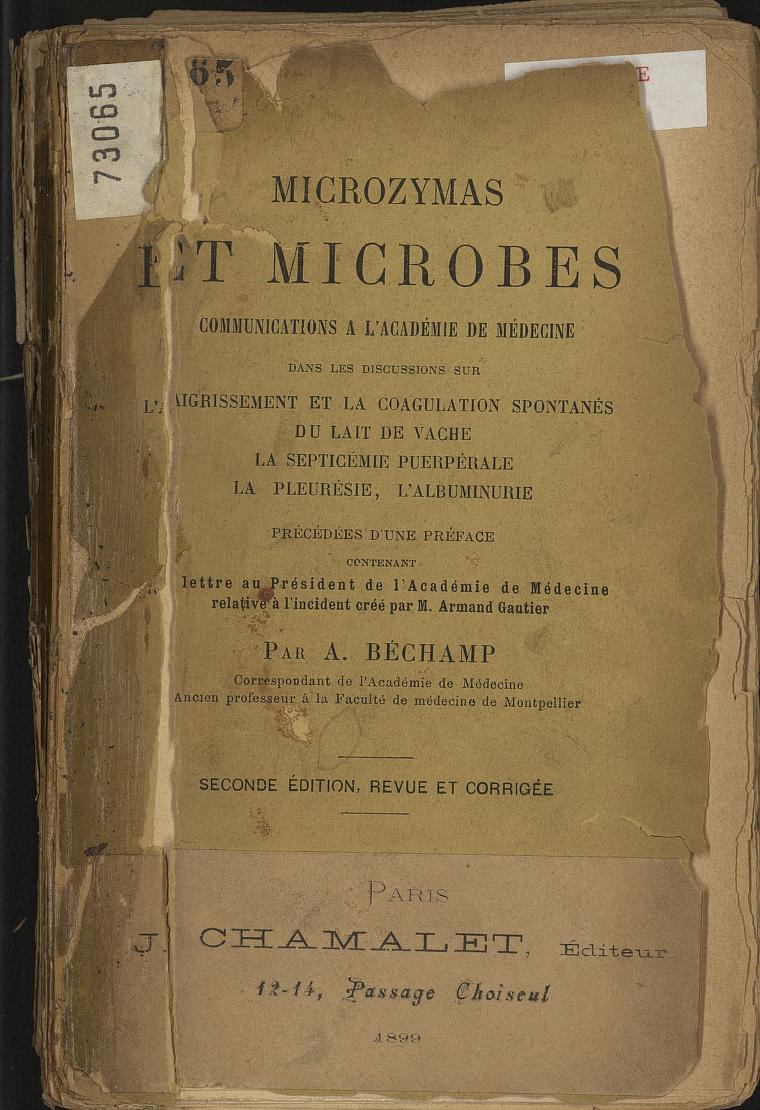
Microzymas and Microbes
1893
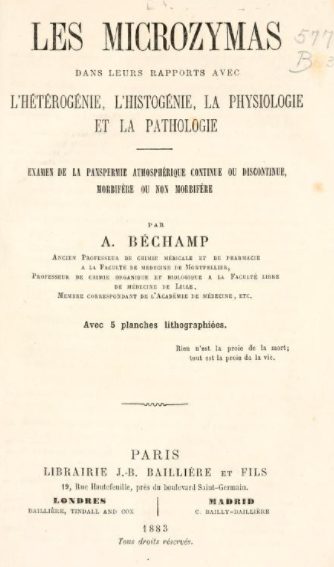
The Microzymas
1883

Major Medical Problems:
Letter from Prof. Béchamp to Dr. Michant.
1905
French title: Les grands problèmes médicaux : Lettre de M. le profeseur Béchamp à M. le docteur Michant, sur les deux périodes de la vie scientifiques de Louis Pasteur; suivie d’éclaircissements devenus indispensables touchant l’histoire des organismes dits “infiniment petits”.

New Research on Normal and Pathological Albumins
Joseph Bechamp
1887
French title: Nouvelles Recherches sur les Albumines Normales et Pathologiques
Other researchers
“Later researchers like Naessens and Enderlein followed the same line of reasoning and developed their own systems of how these microzymas operate. Although their ideas were never proven false by opposing research, they were generally persecuted by mainstream medicine, which makes sense. Because without an enemy that can be identified and killed, what good is it to develop weapons? And developing weapons, that is, drugs, has been the agenda of the industry set up by Carnegie and Rockefeller even down to the present day, as we shall see. New drugs mean new research funding and government money and the need for prescriptions and for an entire profession to write those prescriptions.”
— The Post-Antibiotic Age: Germ Theory, Tim O’Shea
Royal Rife

Despite the dominance of Pasteur’s ‘germ theory’, Bechamp’s tiny ‘microzymas’ have been successfully ‘rediscovered’ several times in the 20th century, for example by ROYAL RIFE using his own revolutionary microscope to observe the particles changing into four different types. Rife handmade all the components of his microscopes, which could have thousands of operational parts.
Gaston Naessens

Later, working independently and with a different powerful microscope of his own invention, the French scientist GASTON NAESSENS observed these particles morph into sixteen different forms – including bacterial and fungal – which he called ‘somatids’. The significance of this: what we think of as pathogens are not necessarily “infectious” (or “exogenous”, or from outside), but can be “endogenous” (from within).
Gunther Enderlein
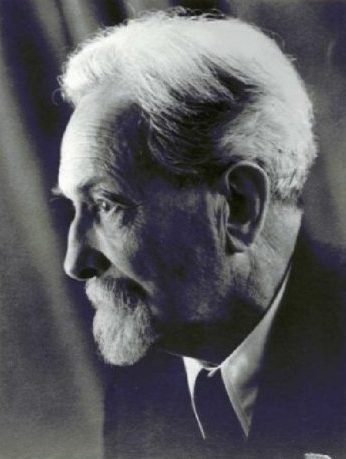
The German scientist GUNTHER ENDERLEIN (1872-1968) identified the same entities and called them ‘protits’.
Philippa Uwins
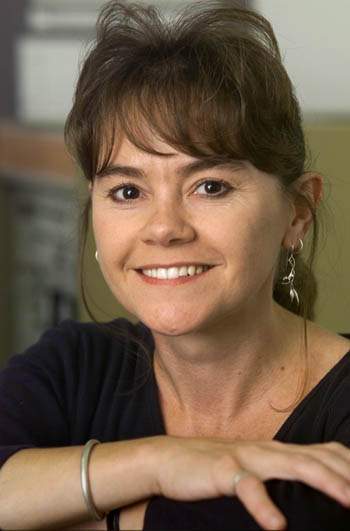
While at the University of Queensland during the 1990s, Dr Uwins found within samples of sandstone rock entities which she called nanodes. Evidence suggested that they are Bechamp’s microzymas and Naessens’ somatids. There are more details and links in this post about her work, and this transcript of a radio interview.
Common themes and findings link the work of these researchers. They may use various names for what they’ve found – microzyma, somatid, nanobe, protit – but the reality that they describe is consistent. Modern research continues to confirm and build upon Bechamp’s work.
Nothing in the new quantum biology and epigenetics would surprise Bechamp.
*
Béchamp found his microscopic particles and their activites everywhere in nature. They appeared in limestone, apparently deriving from the bodies of ancient shelled creatures. These entities from the limestone still retained their activity; the only factor that stopped them was heat. Using the syllable ‘-zyme’ to indicate that the active principle here was of ‘fermentation’ or activity, he named the tiny objects ‘microzymas’.
What Béchamp talks about is a foundational concept. It describes a model of biology and cell function totally different from that that which forms the basis of most modern science. According to his experiments and observations, the microzymas possess a primary role in sustaining (and terminating) all life.
As Bechamp put it, life is the prey of life. When a creature dies, the microzymas take up the role of breaking it down and returning its elements to nature, where they are then taken up by other life-forms to be re-used. This cycle underpins all of life and material reality.
The Indian scientist Jagadish Bose would agree with this, and likely add that it applies to not only organic, but also inorganic matter; but that is another discussion.
Because of this basic incomptability of pleomorphism with the germ-based theory of Pasteur and his followers, Antoine Bechamp has been virtually written out of history. Look for him in any edition of the Encyclopedia Britannica – you won’t find him. Search in vain through most textbooks for his name, or for any mention of his work. He has been ‘unpersoned’ in an almost Orwellian manner.
Perhaps one day, Béchamp will be restored to the status he deserves: a medical pioneer and truthseeker who was far ahead of his time.
Books

THE BLOOD AND ITS THIRD ELEMENT, by Antoine Bechamp, contains both an overview of the pleomorphic theory and detailed accounts of Bechamp’s experiments. This is a detailed scientific read, but the information in it is valuable. This was Bechamp’s last book, and summarises his life’s work. Available in paperback, Kindle and Epub.
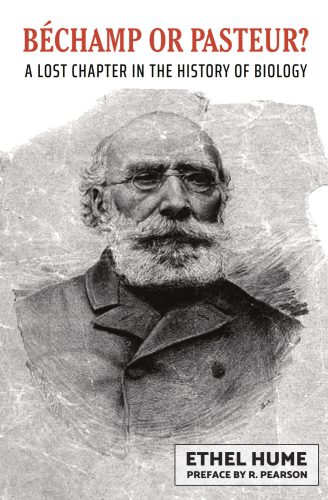
Almost like a scientific detective story, BECHAMP OR PASTEUR? details the conflict between the two scientists. With full references to the proceedings of the French Academy of Sciences. It is ideal if you wish to understand the significance of Bechamp’s work, and why certain interests would want all mention of it removed from the scientific record. Available in paperback, hardcover, Kindle and Epub.
The introduction by R. Pearson, originally published as Pasteur, Plagiarist, Imposter, is posted here, and the charts and related discussion are here.
An audiobook version of R. Pearson’s The Dream and Lie of Louis Pasteur (auto-generated, and pretty good), which is the introduction of this book, is free (like everything there) on Archive.org.
Articles
A Distant Mirror hosts the following articles which may be of interest to students and researchers.
- Some statistics
by R. Pearson - The Dream and Lie of Louis Pasteur
by R. Pearson - The Cult of the Microbe: the Origin of ‘Preventive Medicine
by E. Hume - Notes on the Coagulation of the Blood
by Antoine Bechamp - Mechanical and Electrical Responses in Living Matter
by Jagadish Bose - Preface to ‘The Blood and its Third Element’
by Antoine Bechamp - Cancer and Most Diseases are Caused by Bacteria
by Alan Cantwell - A Synthesis of the Work of Enderlein, Bechamps and other Pleomorphic Researchers
author unknown - All Human Blood is Infected with Bacteria
by Alan Cantwell - On Pleomorphism from Life Enthusiast
- Second Thoughts on Disease
by Dettman and Kalokerinosos
External links
- Bioregulatory Medicine – History: Antoine Bechamp
- The Cause of Disease & Healing Disease
(Healing our Children) - Video: Louis Pasteur vs Antoine Béchamp and the Germ Theory of Disease
- About Cell Salts
Cell salts (or tissue salts as they are sometimes known) is a system of nutritional remedies invented in 1873 by Dr William H Schuessler, a German biochemist. All those little aches and pains, discomforts and so on, are indications that something is not right. Symptoms are nature’s warning signs. - Antoine Bechamp on Wikipedia
- Honoring Antoine Béchamp – The Gentle Giant of Science & Medicine
(www.investigatorsreport.com)
Contains a link to a PDF of an excellent extended article on Bechamp) - Are Nanobacteria Making Us Ill?
(Wired.com) - Wikipedia: Nanobacterium Nanobes
- Nanoacteriab revelations provoke new controversy
(New Scientist) - How Small Can Life Be?
Space Daily - Novel Nano-organisms from Australian sandstones
(Uwins, Webb & Taylor – research paper, PDF) - Royal Raymond Rife, by Jeff Rense
- Clouds May Harbor Nanobacteria
By Amit Asaravala (Rense.com) - Are Nanobacteria Making Us Ill?
By Amit Asaravala (Rense.com) - Tiny new life forms inflame Mars debate
(ABC article) - Small is beautiful as nanobes reveal we are not alone
(Guardian article) - Doctors kill more people than guns and traffic accidents
(proliberty.com) - Mad Cow Disease – What the Government Isn’t Telling You
(Lorraine Day) - The Ogone Research Lab
- The Rife pages at Rense.com.
- Gaston Naessens and 714X
(Foundation for Alternative and Integrative Medicine) - CERBE — Distributor of products designed
and manufactured by Gaston Naessens - Biomedx provide a range of products and
services, including Darkfield microscopes. - Vaccination Liberation have a good links page.
- BeChamp Health

Be the first to comment